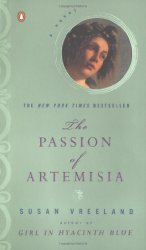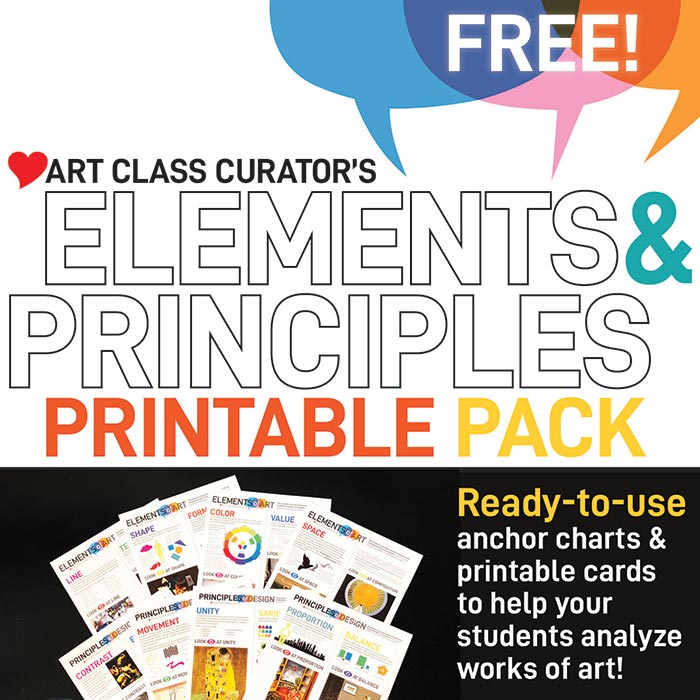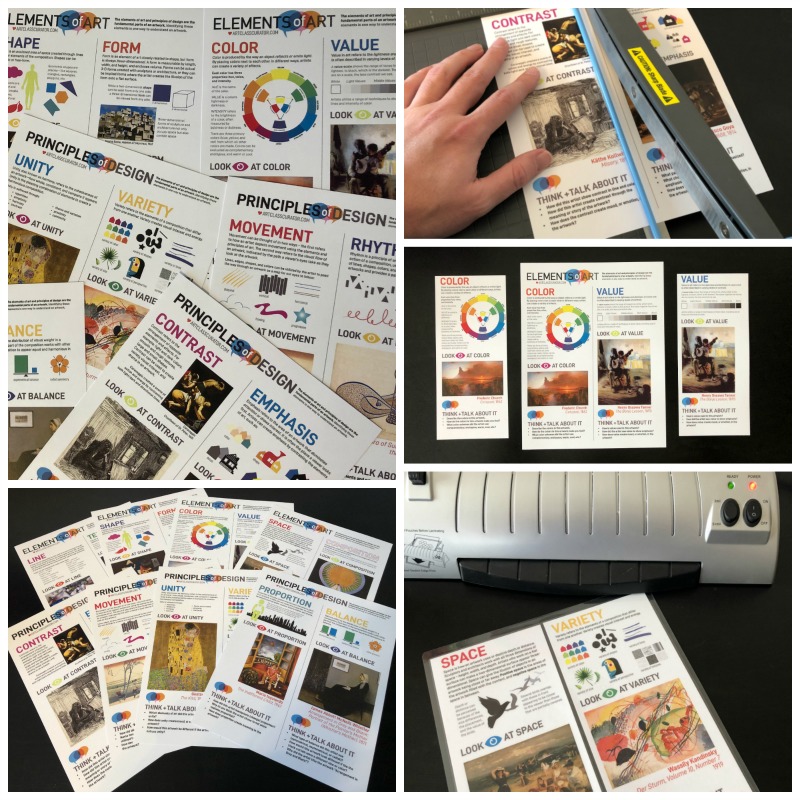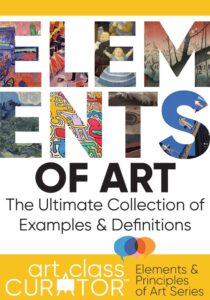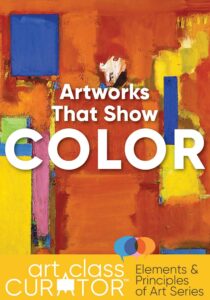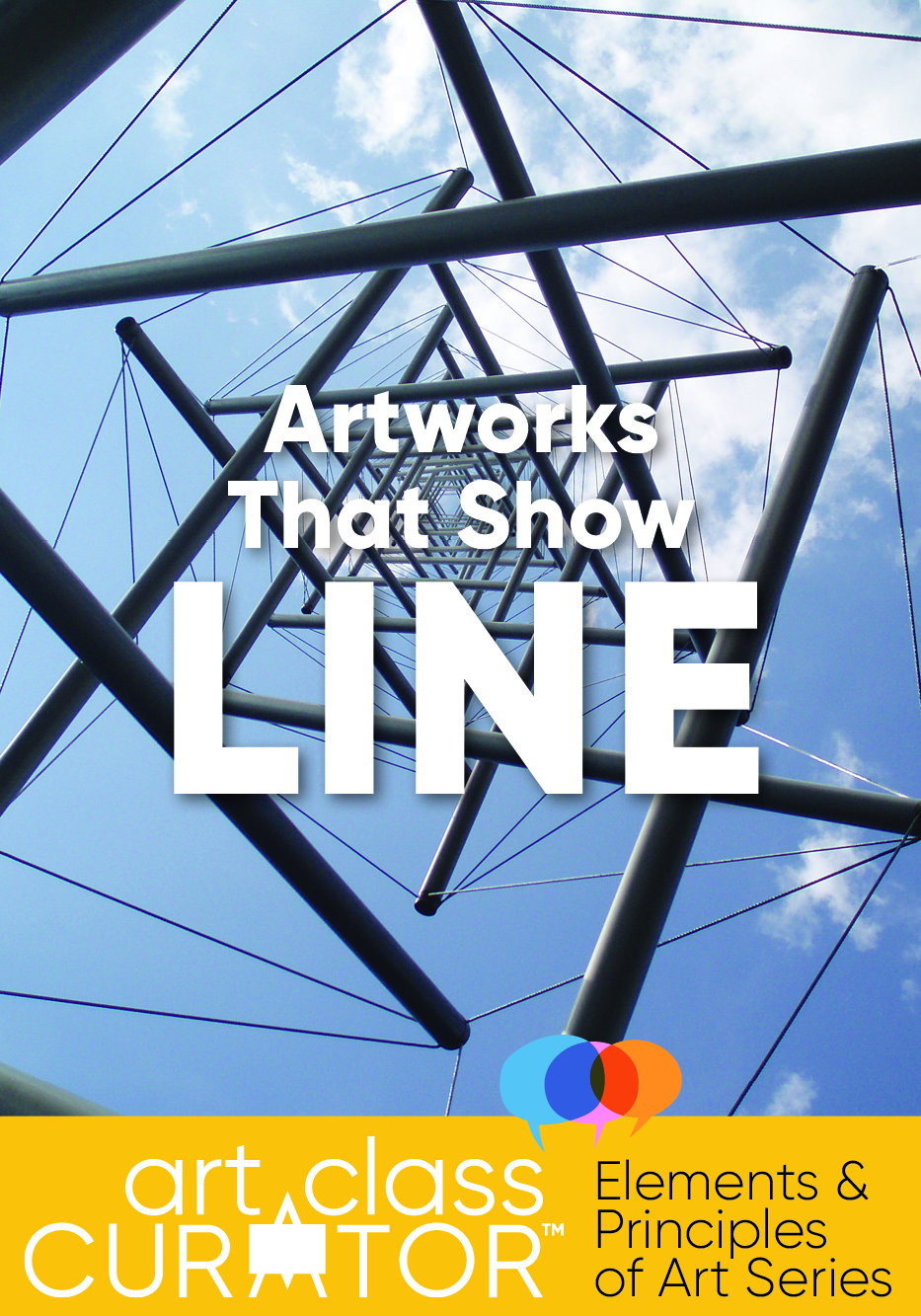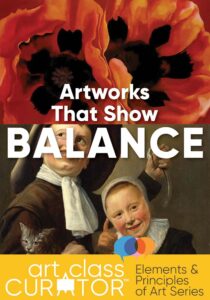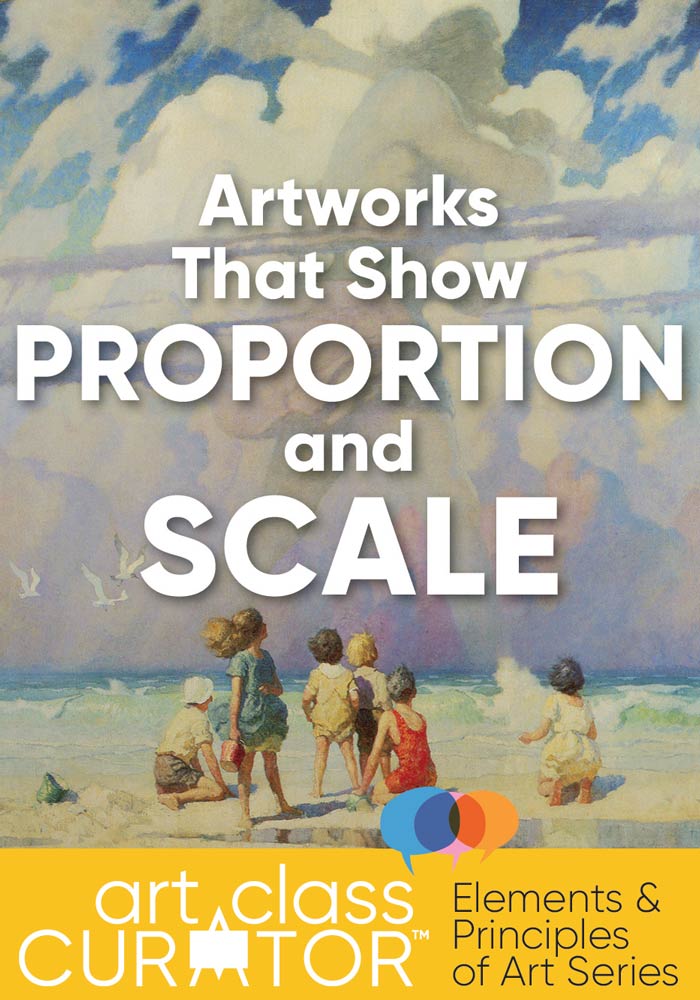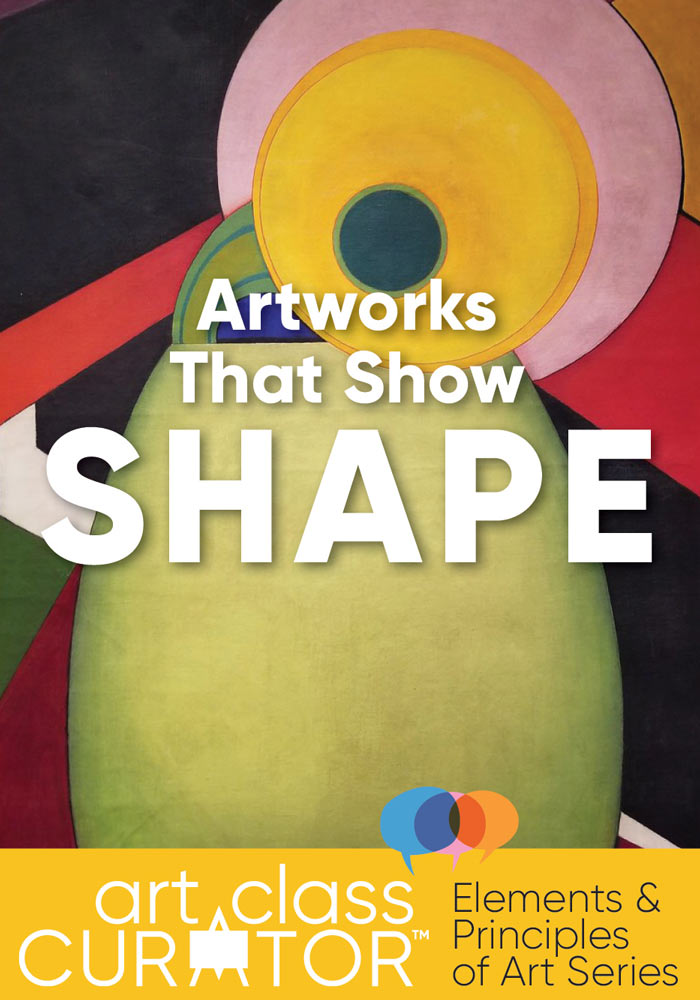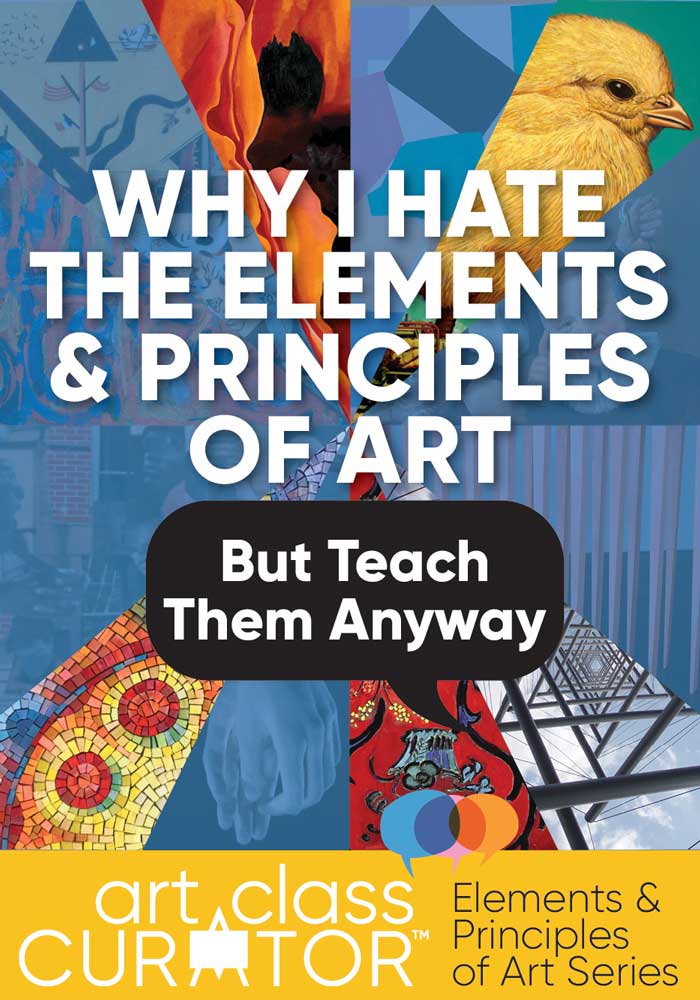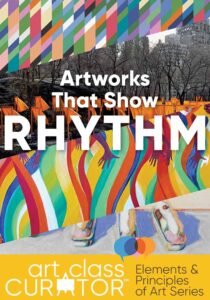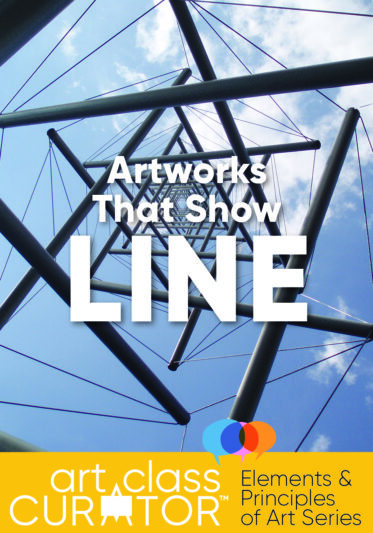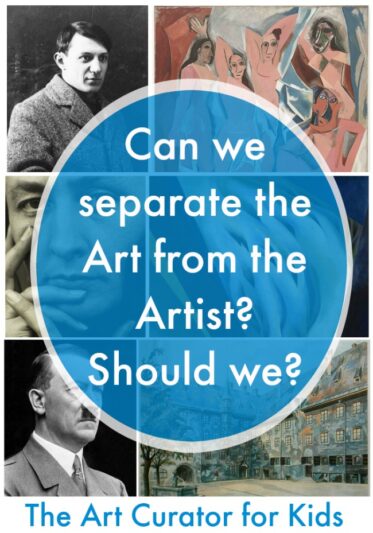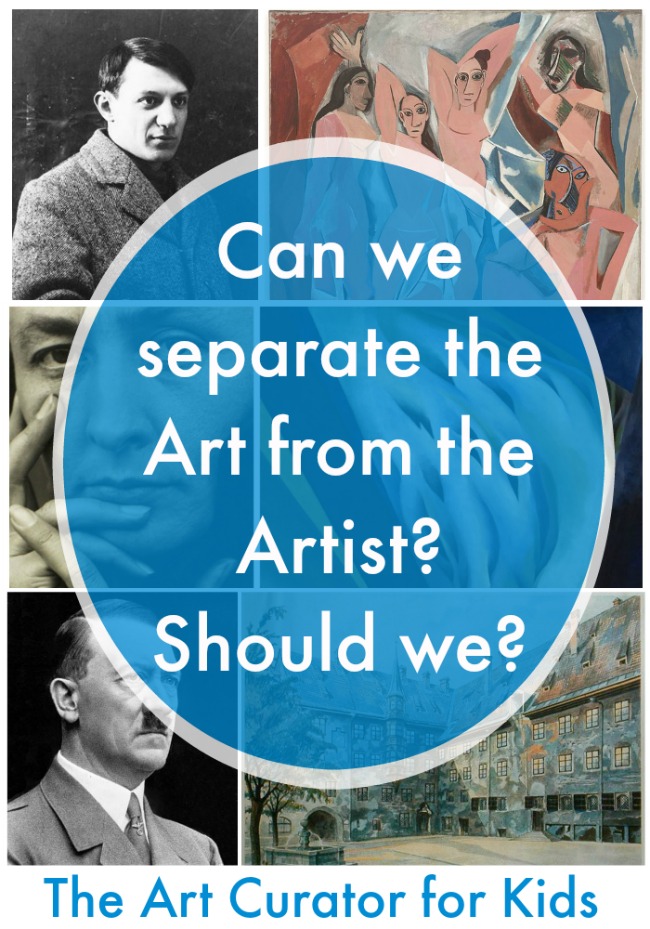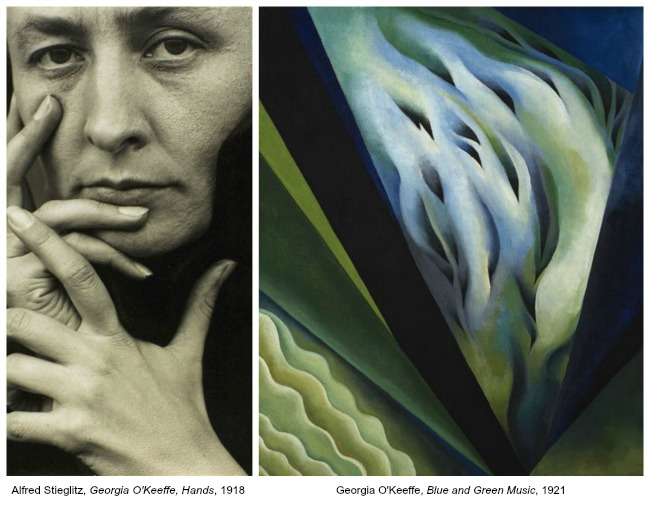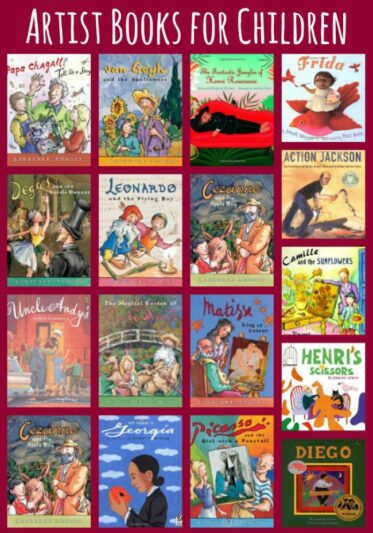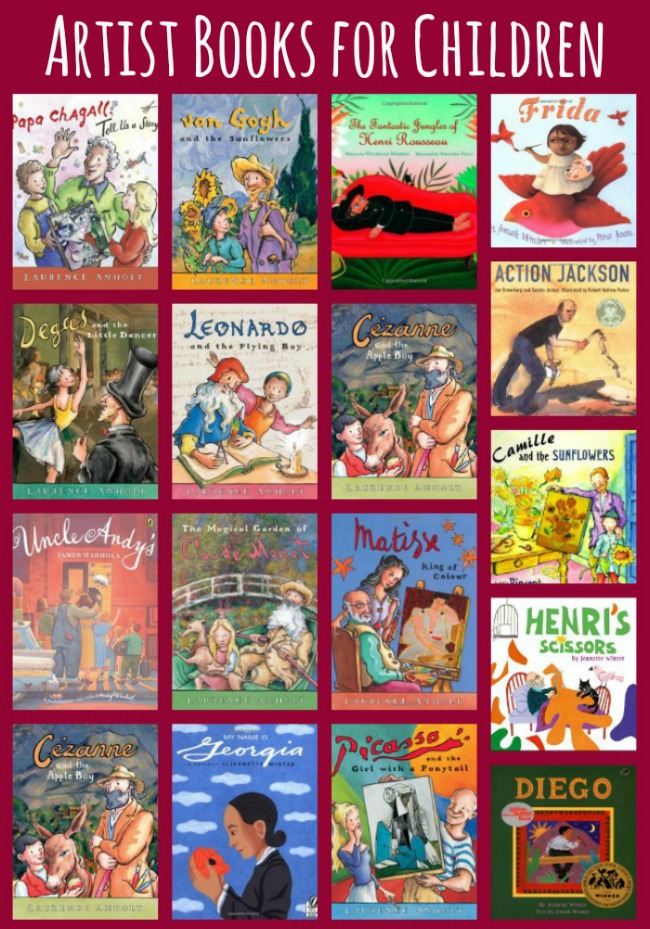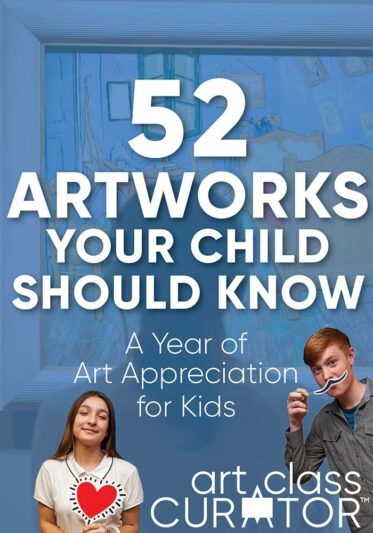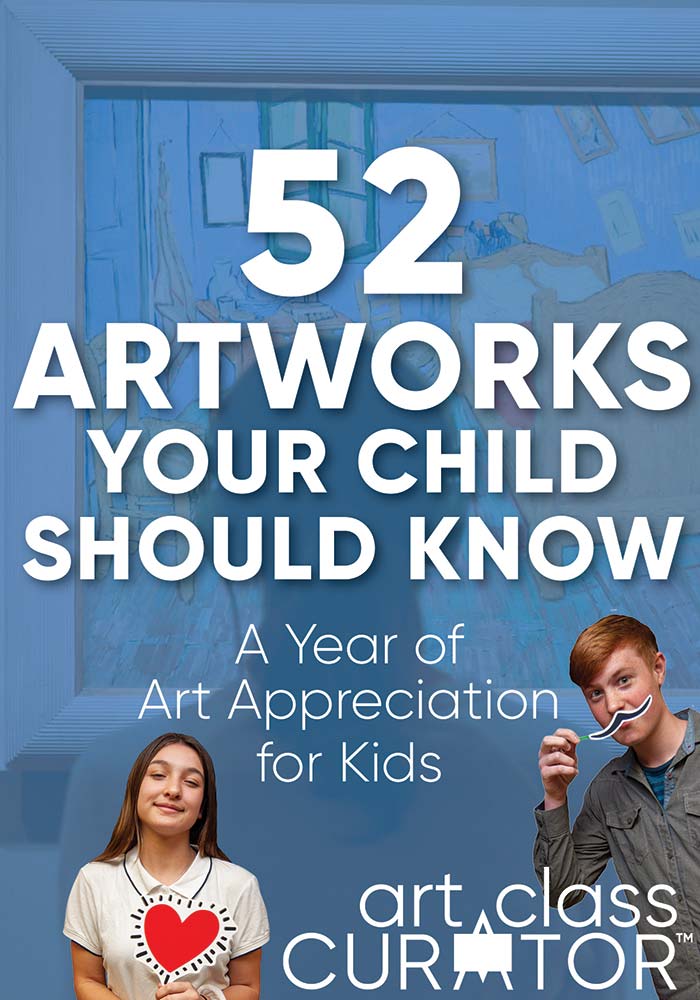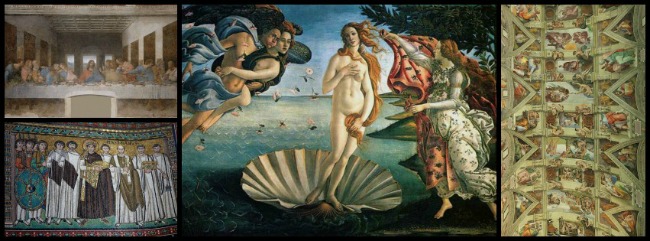Inside: Art lesson ideas and activities for comparing two Baroque Judith and Holofernes paintings. Which was made by a man and which was painted by a woman?
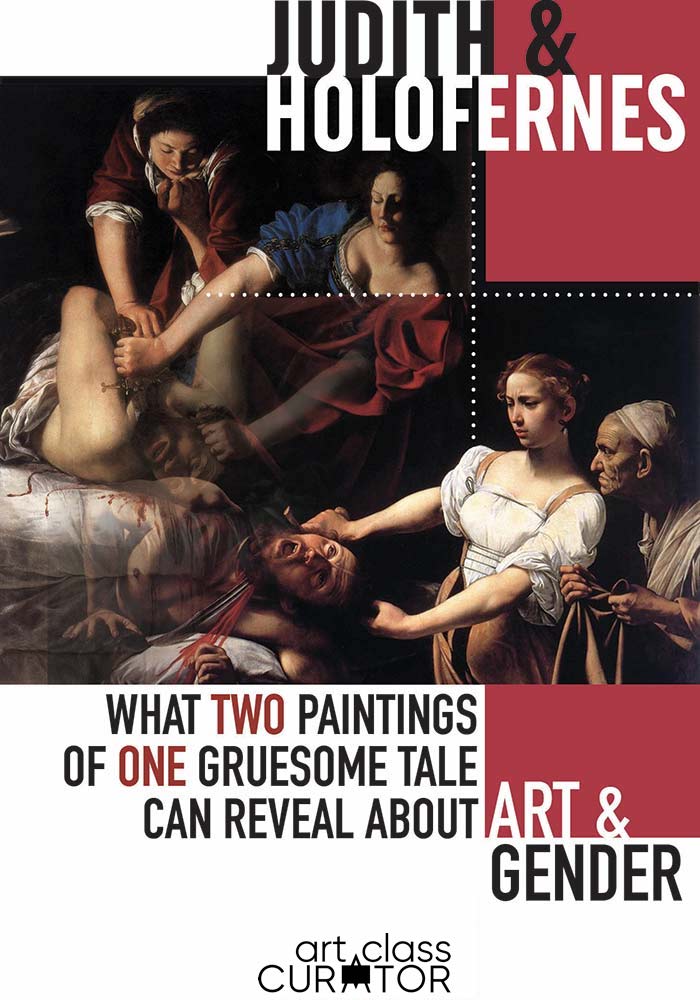
Let’s talk about decapitation for a minute.
Did I draw you in with that hook? Whether you rose your eyebrows or nodded with excitement, you’re curious about what I’m going to say next, and your students will be too.
Throughout art history, there are topics and stories that we see repeated time and again by different artists, because they capture the imagination and ignite our emotions. One example of this is Judith and Holofernes paintings based on the story of Judith slaying Holofernes from the Septuagint and the Catholic and Eastern Orthodox Christian Old Testament of the Bible. This story is represented in more than 114 paintings and sculptures!

Please note, this post includes Amazon affiliate links. As an Amazon Associate I earn from qualifying purchases.
Judith and Holofernes Paintings
To sum up the story, Holofernes, an Assyrian general and our dastardly villain, was tasked by the king to destroy Judith’s hometown, the city of Bethulia. Judith, a beautiful widow, charms and befriends Holofernes and is allowed into Holofernes’ tent because of his desire for her. After he gets drunk and passes out, she chops of his head and carries it away in a basket back to Bethulia to prove to her neighbors that their troubles are over. Bam!
These two representations of the story are remarkably similar, but the differences stand out. One of my all-time favorite art lessons is to have students compare and contrast these two Judith and Holofernes paintings. It’s a great lesson in looking closely. The longer you can keep a student looking and thinking, the more they will get out of it. Have your students notice the similarities and differences between the colors, lighting, postures, and expressions of the people, actions, lines, and emotions. There’s plenty to keep students exploring and engaged.
(Facebook video not working? Watch on YouTube.)
Discussing Gender in Art
I always follow up the compare and contrast activity with a thought-provoking question: “Which of these paintings was painted by a woman, and which was painted by a man?
Think about it. What do you think the correct answer is? How can you tell one was painted by a woman and one a man?
Notice how the women are painted. In the first one, the woman is strong and determined. She’s got her knee on the bed, really going for it. In the second, the woman is delicate and looks disgusted. She’s leaning away from the action, keeping her distance. Her body language is timid and worried.

Free Poster
What Do Kids Learn from Looking at Art Poster
Our students learn so much from looking at art. Use this poster in your classroom to remind them of all the skills they’re growing!
Classroom Art Discussion
I’ve led this discussion with countless groups of students–high-schoolers, college students, and adults. Answers and reasons always vary, and there is always an interesting discussion. Even when they get the answer “wrong,” it is still is an interesting way to explore gender and stereotypes. It’s a great way to encourage deep learning about the lives of artists.
Are you ready for the correct answer? Did you think about it first?
The first is the woman artist — Artemisia Gentileschi). The second is the man — Caravaggio. Did you get it right?
Gentileschi, a rare woman painter from the past, led a tumultuous life. She painted strong and powerful women, as well as women being oppressed or exposed. Although we tend to connect a woman’s life to her painting more than we do with male painters (see this post about the lives of artists), it’s hard to resist seeing the connection here. As a teenager, she was raped by a friend of her father. At the time, the woman was usually seen at the one to blame. There was a trial and she almost married the man who raped her. You can read about her life in the awesome biographical novel, The Passion of Artemisia by Susan Vreeland. I highly recommend this book. I read it years ago and loved it.
See more of Artemisia Gentileschi’s artwork here.
Art Learning Activities for Judith Slaying Holofernes
- Compare and contrast the two works. After noticing all the similarities and differences, ask your students which painting was painted by a man and which a woman. Ask them to explain their answer. Use the compare and contrast art activity from the bundle of free art appreciation worksheets to get students thinking. (See photo below.)
- Study Baroque art to better understand the characteristics of these two works. Use my Baroque lesson that includes this activity along with other compare/contrast activities to teach the main characteristics of Baroque. Buy the lesson here or join the Curated Connections Library to get the lesson materials.
- Read my post about Exploring Narrative in Art for more activities to support and connect with stories in art.
- Check out other representations of the story (below) and talk about which paintings depict the story more effectively and what choices artists makes to tell stories.
- Watch the Khan Academy Smarthistory video about Gentileschi’s version of this story.
- The following worksheets from my $12 Printable Art Appreciation Worksheets Bundle work well with these artworks: 4 Steps of Art Criticism, Compare and Contrast, Twitter Perspectives, Write a Letter, Formal Analysis–Elements of Art, Charlotte Mason Picture Study, Write a Haiku, and the “I am” Character Poem. Many of these worksheets are also available in my free worksheets bundle for e-mail subscribers.
This post was originally published on October 27, 2014.




